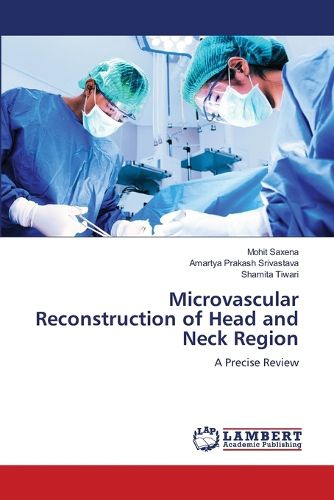Readings Newsletter
Become a Readings Member to make your shopping experience even easier.
Sign in or sign up for free!
You’re not far away from qualifying for FREE standard shipping within Australia
You’ve qualified for FREE standard shipping within Australia
The cart is loading…






Skin Grafts Before the development of antibiotics, a conservative approach was generally taken to wound closure because of the risk of infection and the potential for tissue loss at the wound edges. Wound debridement was therefore limited to removal of well-demarcated nonviable tissue to avoid enlarging the wound. Local wound care promoted healing through wound contraction. The resultant scar was frequently associated with contracture and skin instability. With the advent of antibiotics following the development of sulfonamides and penicillin in the mid-twentieth century, control of local wound infection permitted a more aggressive approach to wound closure. The initial use of pinch grafts and later split-thickness skin grafts allowed successful closure of large wounds. More complex wounds with circulatory impairment, chronic infection, and composite defects, however, were unsuitable for skin-graft coverage. These wounds could not be adequately managed until flaps were developed.
$9.00 standard shipping within Australia
FREE standard shipping within Australia for orders over $100.00
Express & International shipping calculated at checkout
Skin Grafts Before the development of antibiotics, a conservative approach was generally taken to wound closure because of the risk of infection and the potential for tissue loss at the wound edges. Wound debridement was therefore limited to removal of well-demarcated nonviable tissue to avoid enlarging the wound. Local wound care promoted healing through wound contraction. The resultant scar was frequently associated with contracture and skin instability. With the advent of antibiotics following the development of sulfonamides and penicillin in the mid-twentieth century, control of local wound infection permitted a more aggressive approach to wound closure. The initial use of pinch grafts and later split-thickness skin grafts allowed successful closure of large wounds. More complex wounds with circulatory impairment, chronic infection, and composite defects, however, were unsuitable for skin-graft coverage. These wounds could not be adequately managed until flaps were developed.